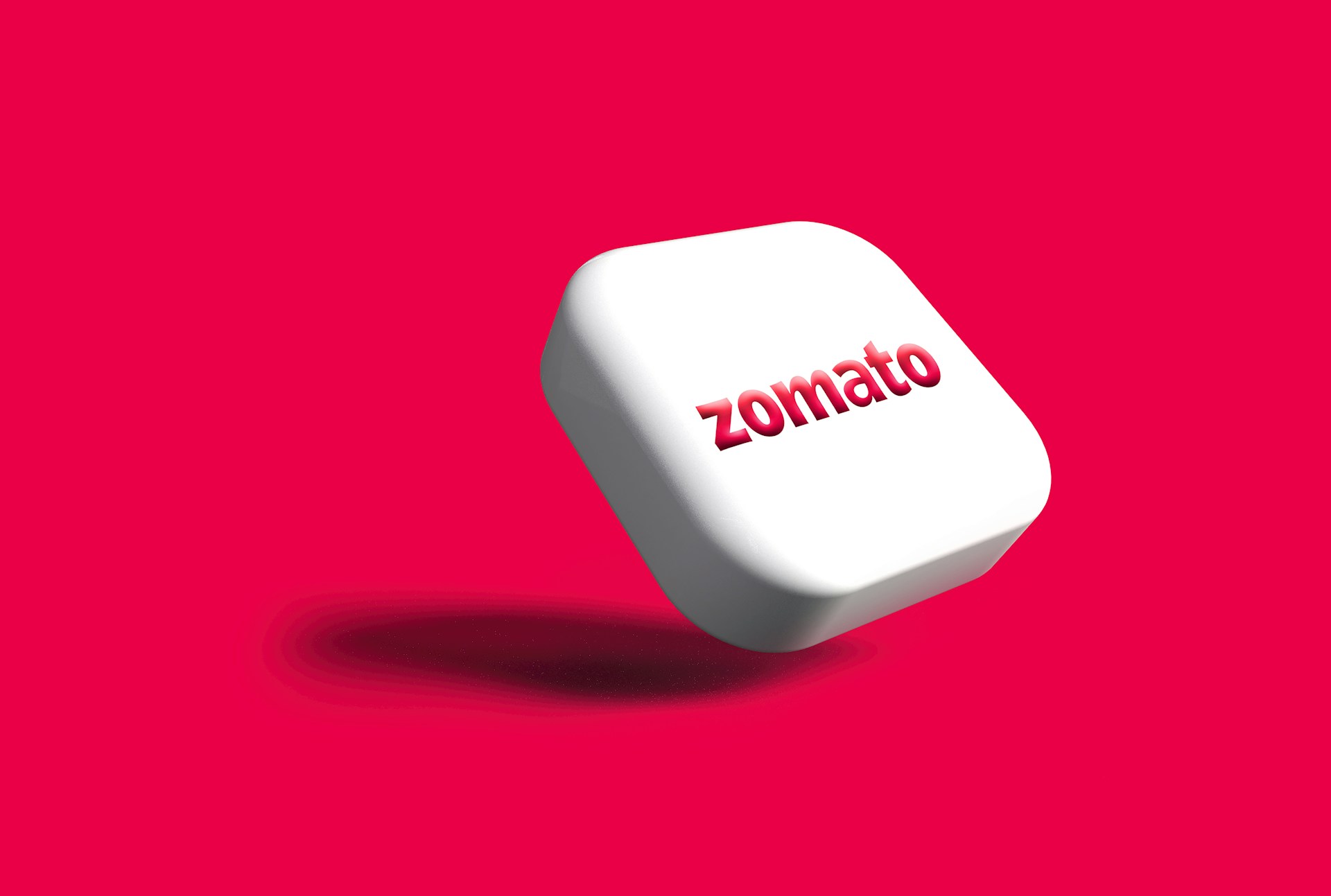A measure used as a proxy for hunger in the U.S. has fallen to its lowest since before the Great Recession, the government said, as the number of Americans on food stamps remains high. About 42.2 million Americans struggled to afford or obtain adequate nutrition at some point in 2015, a 12 percent drop from 2014, the U.S. Department of Agriculture said in an annual survey released Wednesday.The decline in "food insecurity," which indicates risk of hunger rather than actual suffering from it, puts the number at the lowest since 2007, before the financial crisis led to 10 percent unemployment, a jump in poverty and record federal spending for the Supplemental Nutrition Assistance Program, commonly called food stamps.The percentage of households facing hunger fell to 12.7 percent, down from 14 percent in 2014 and also the lowest since 2007. Since the recession ended in 2009, unemployment has fallen by more than half, which has helped drive the drop in hunger risk, Agriculture Secretary Tom Vilsack said.
"As our economy continues to gain strength with millions of new jobs, falling unemployment and growing wages, today's report just underscores that America is greatest when everyone gets a fair shot," Vilsack said in a statement. "The figures released today also remind us that our work to fight for access to healthy food for our nation's most vulnerable families and individuals is far from over," he said.Enrollment in food stamps, meanwhile, is still nearly twice the level it was before the slowdown. The most recent data, for May, showed 43.5 million people were receiving aid, down 9 percent from a 2012 peak and the fewest since 2010. The program, which cost $76.1 billion in the 2013 fiscal year, cost $69.7 billion in 2015.Vilsack credited the program for reducing food insecurity in the U.S. Food stamps "prevented millions of Americans from falling into poverty or becoming food insecure during the most difficult stretches of the recession."But continued high enrollments rankle many Republicans, including party presidential nominee Donald Trump, who cited that "43 million Americans are on food stamps" as a sign of economic failure in his acceptance address at the Republican National Convention in July.(This story has not been edited by NDTV staff and is auto-generated from a syndicated feed.)
"As our economy continues to gain strength with millions of new jobs, falling unemployment and growing wages, today's report just underscores that America is greatest when everyone gets a fair shot," Vilsack said in a statement. "The figures released today also remind us that our work to fight for access to healthy food for our nation's most vulnerable families and individuals is far from over," he said.Enrollment in food stamps, meanwhile, is still nearly twice the level it was before the slowdown. The most recent data, for May, showed 43.5 million people were receiving aid, down 9 percent from a 2012 peak and the fewest since 2010. The program, which cost $76.1 billion in the 2013 fiscal year, cost $69.7 billion in 2015.Vilsack credited the program for reducing food insecurity in the U.S. Food stamps "prevented millions of Americans from falling into poverty or becoming food insecure during the most difficult stretches of the recession."But continued high enrollments rankle many Republicans, including party presidential nominee Donald Trump, who cited that "43 million Americans are on food stamps" as a sign of economic failure in his acceptance address at the Republican National Convention in July.(This story has not been edited by NDTV staff and is auto-generated from a syndicated feed.)
Advertisement











